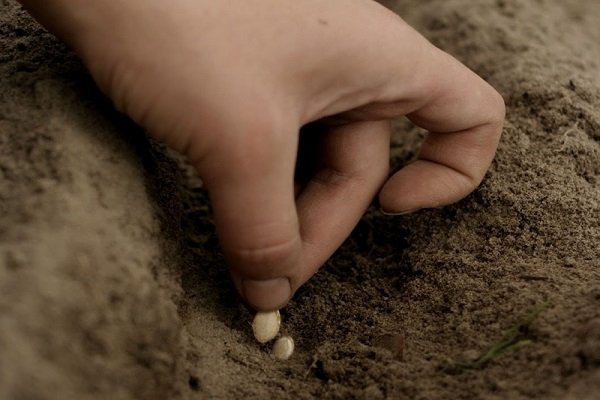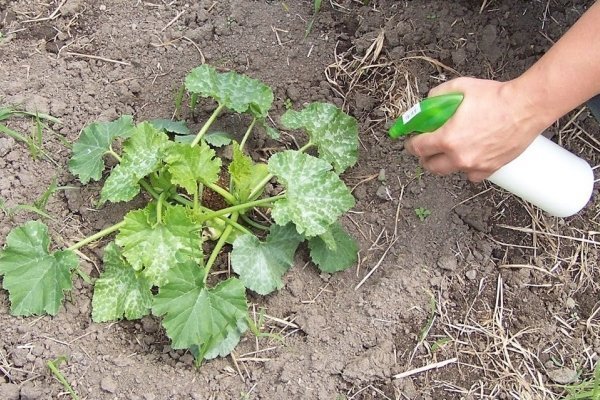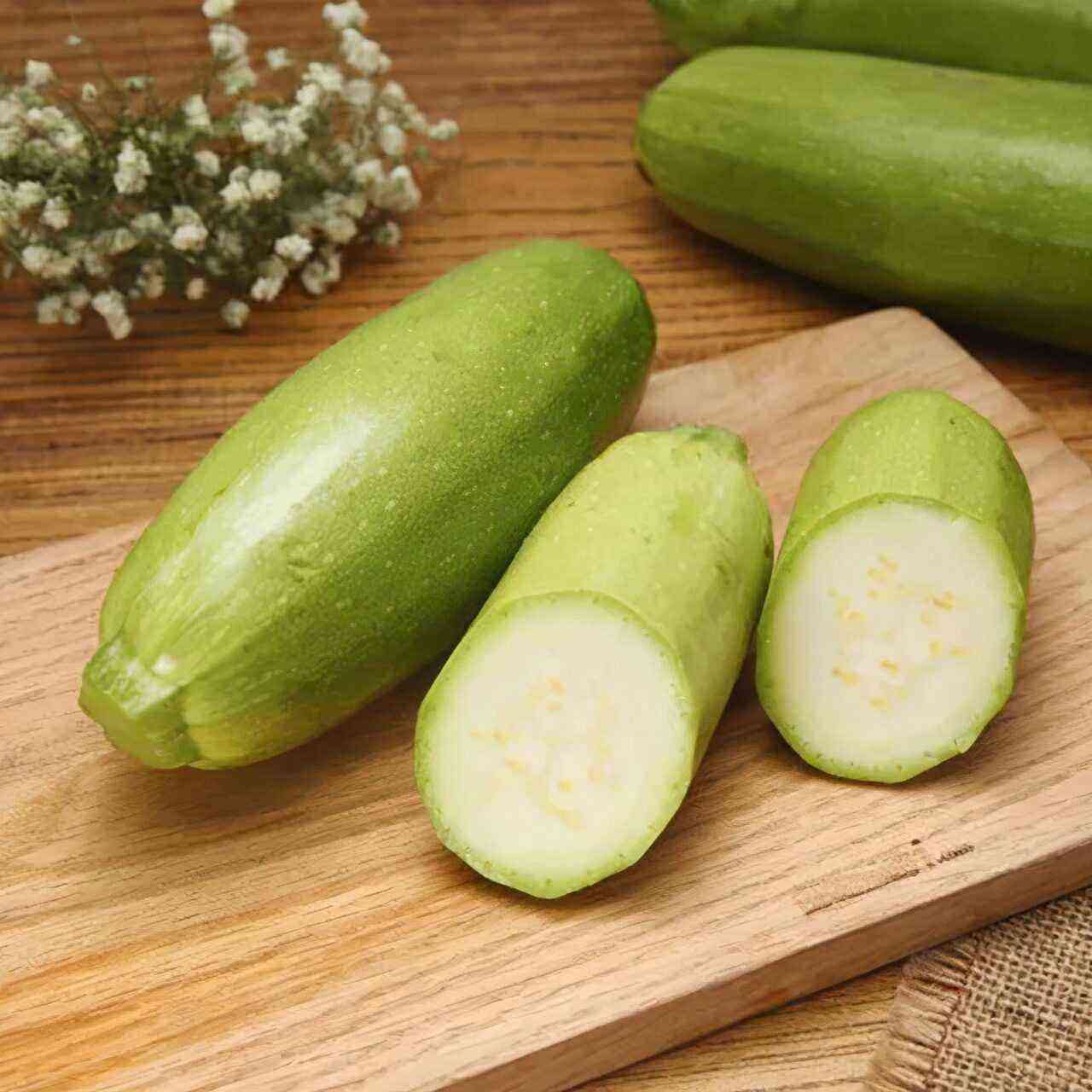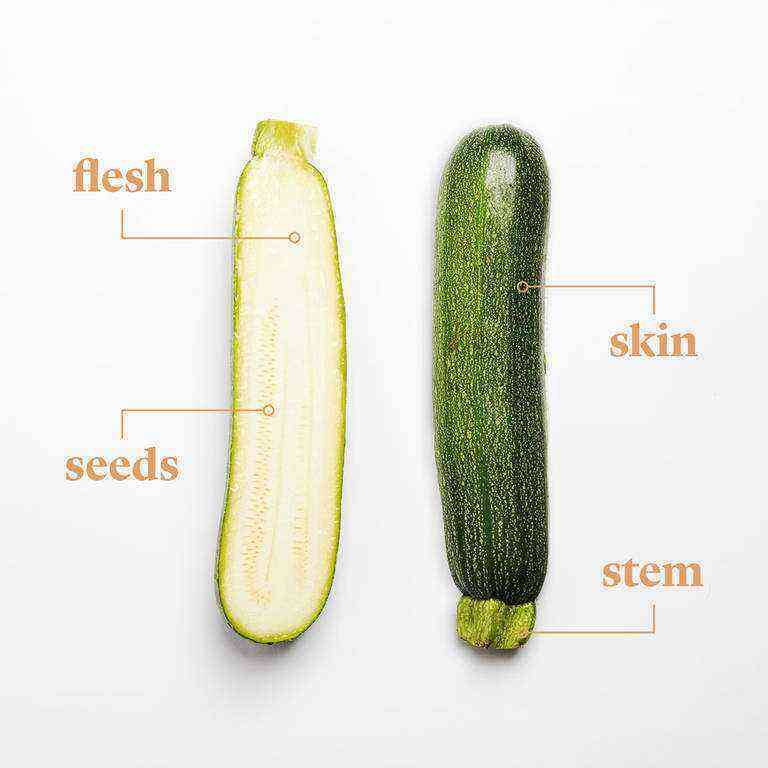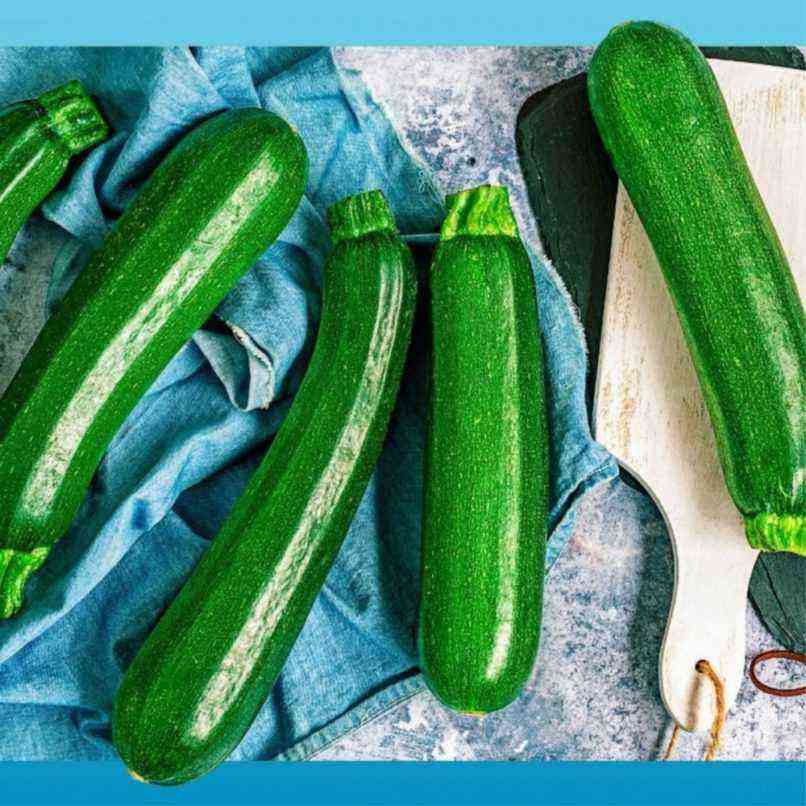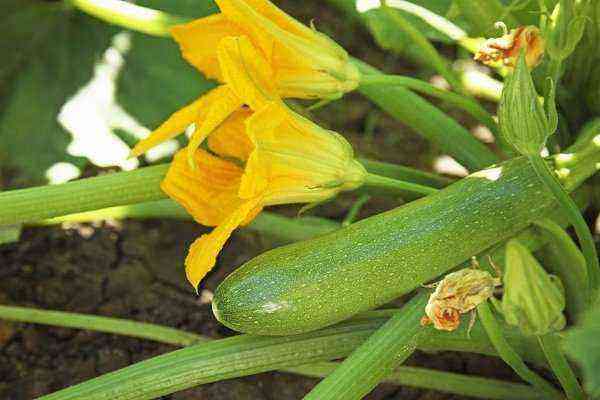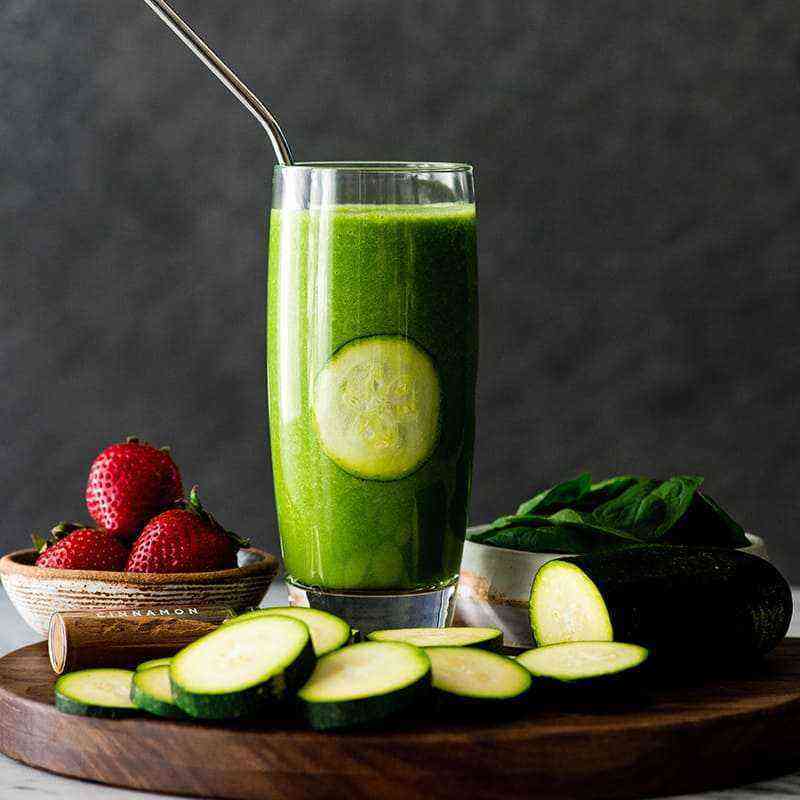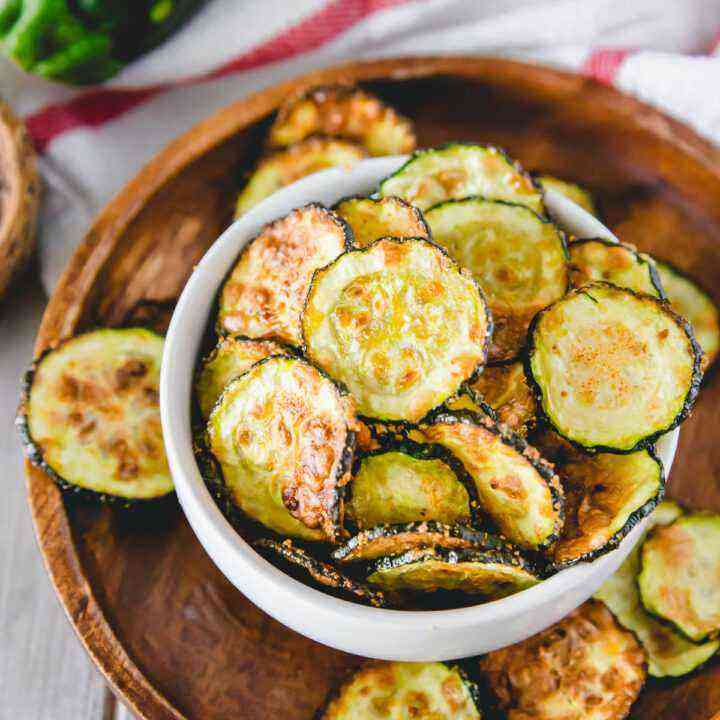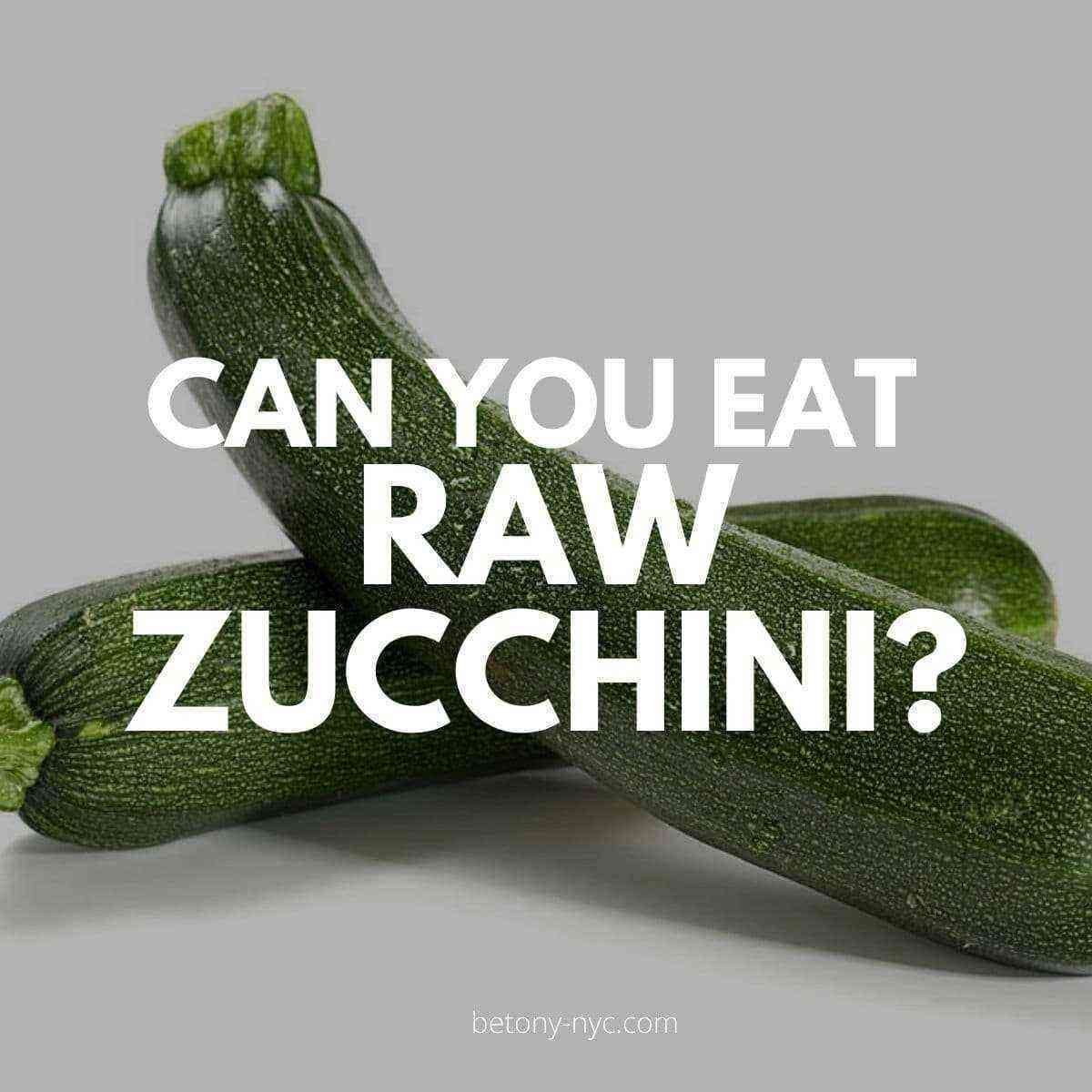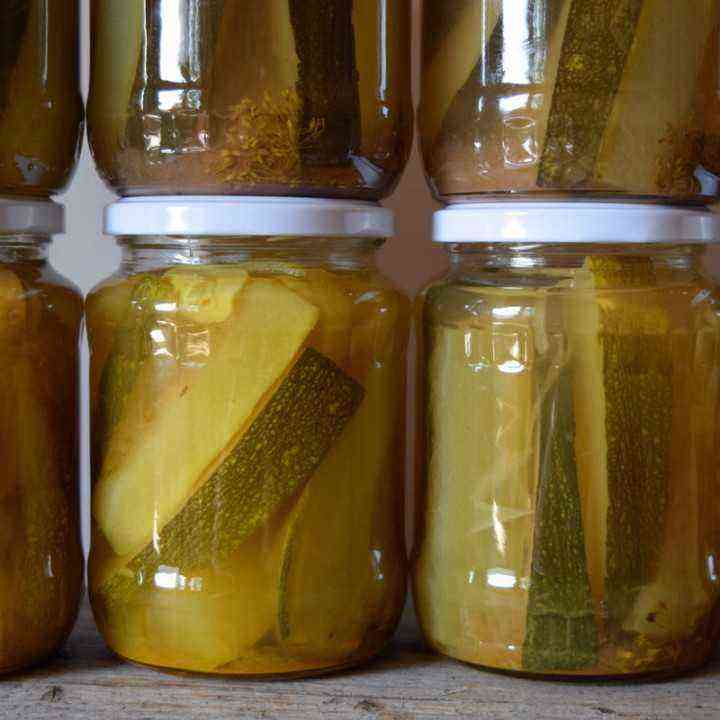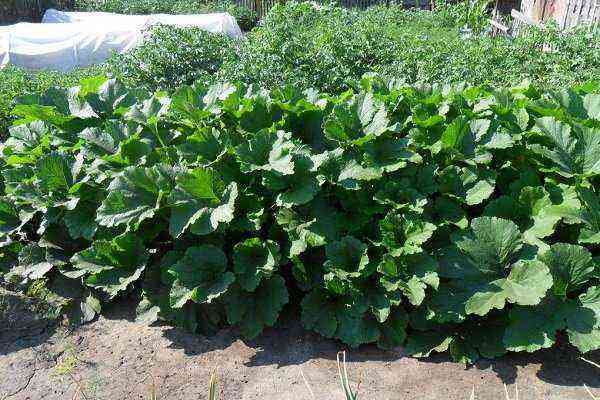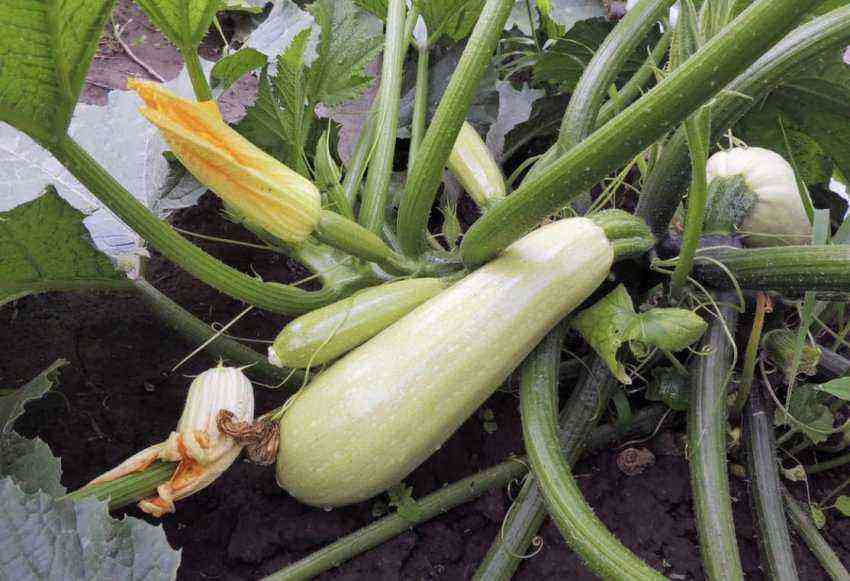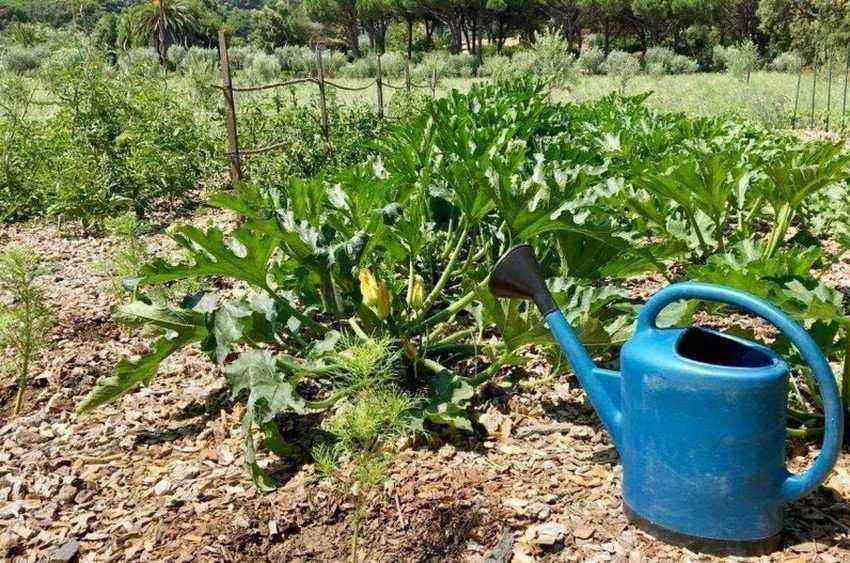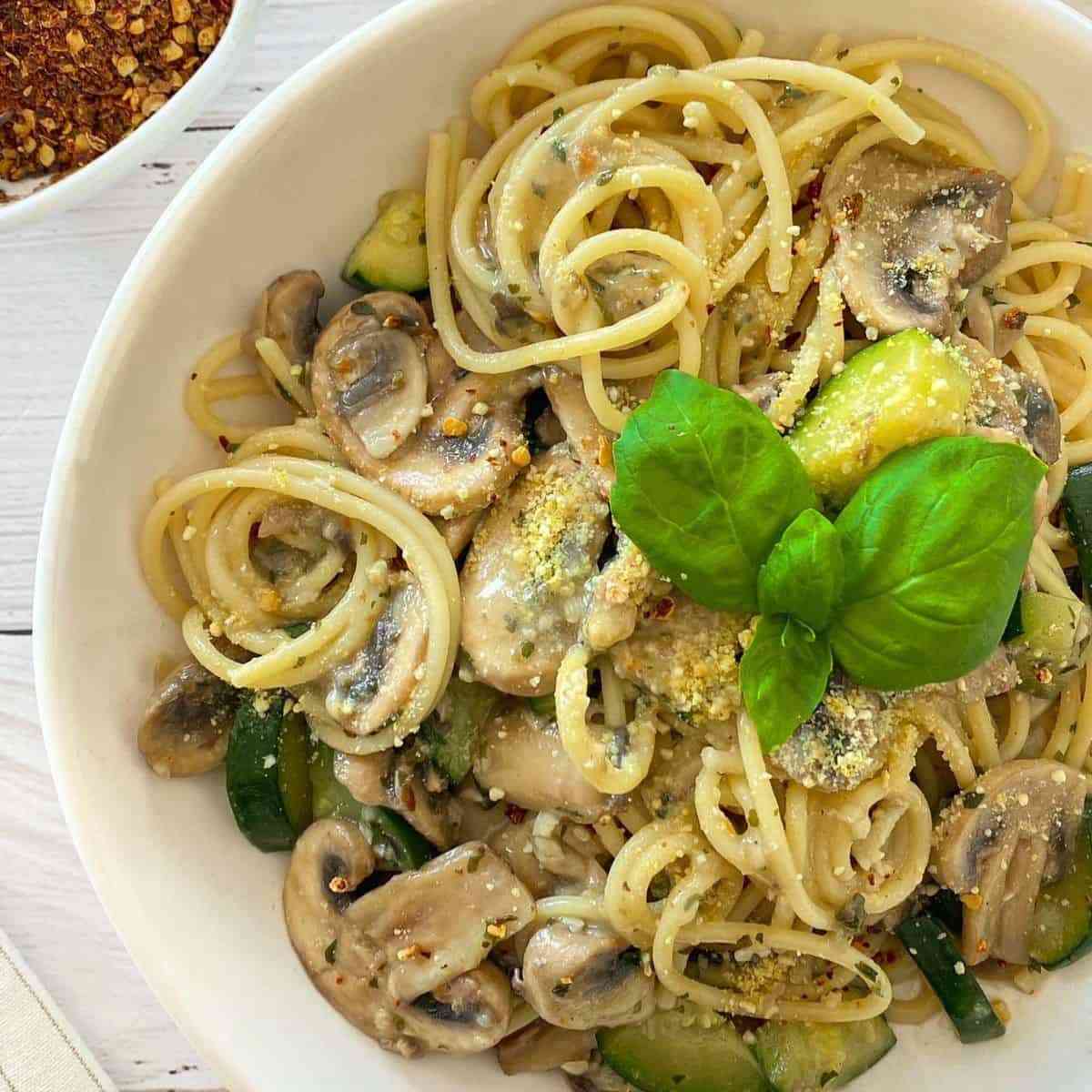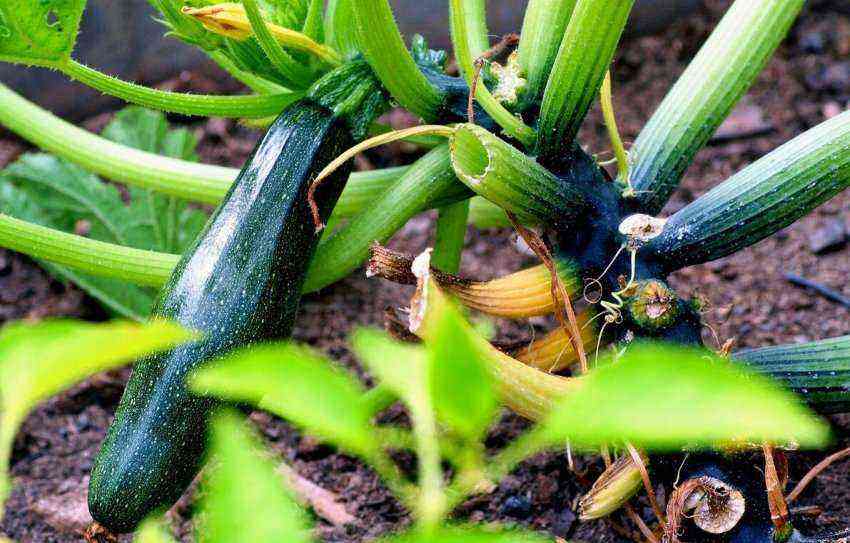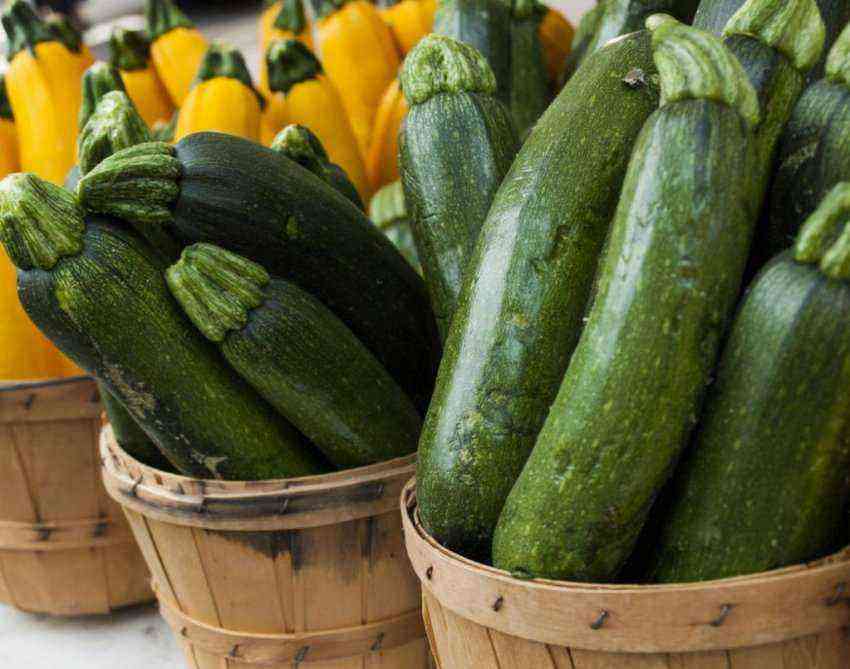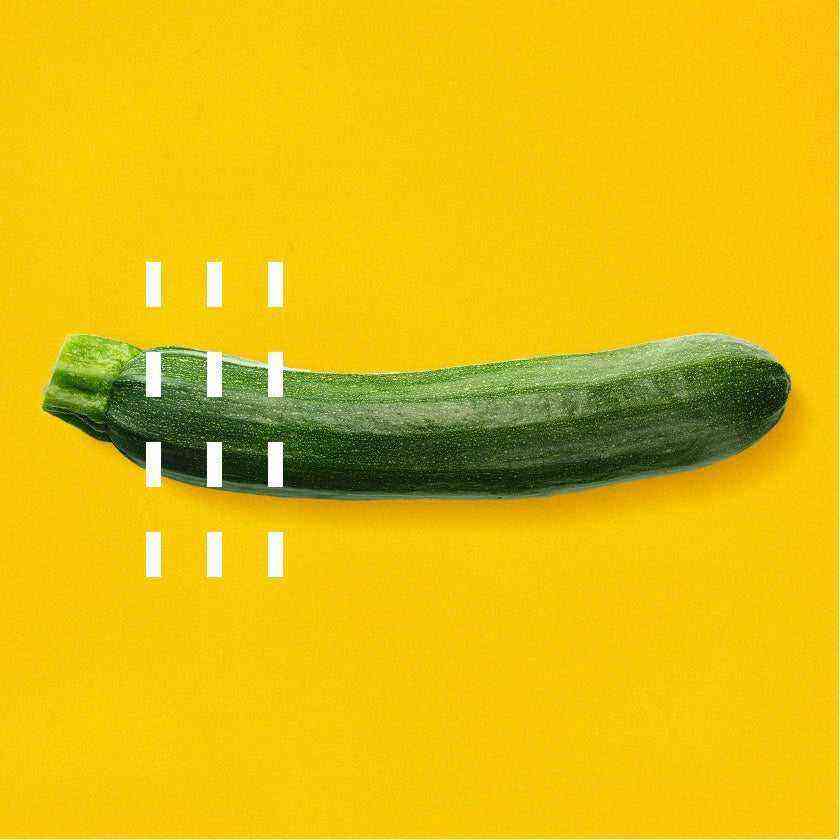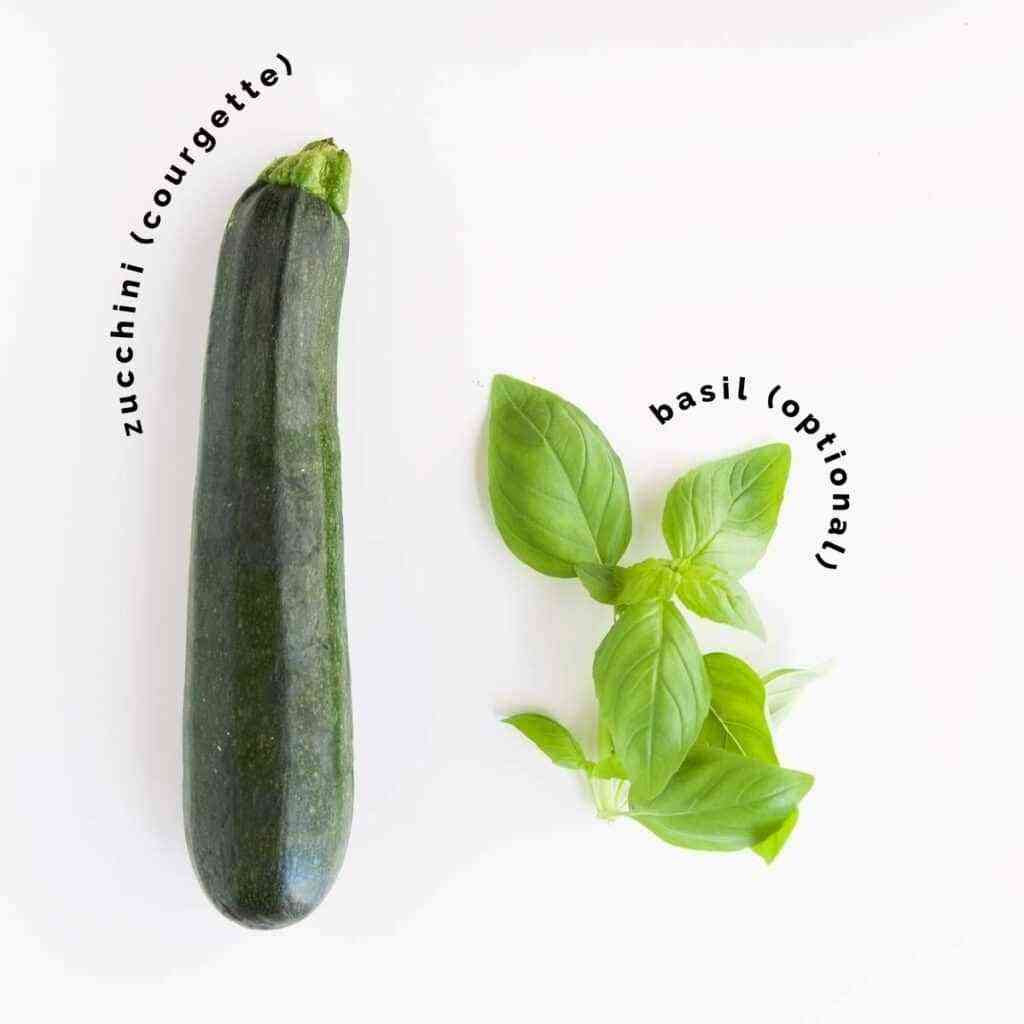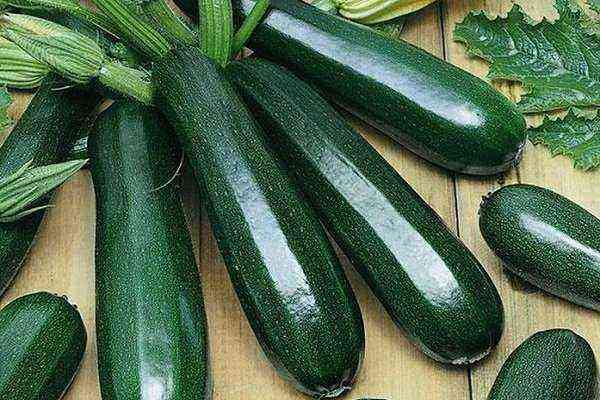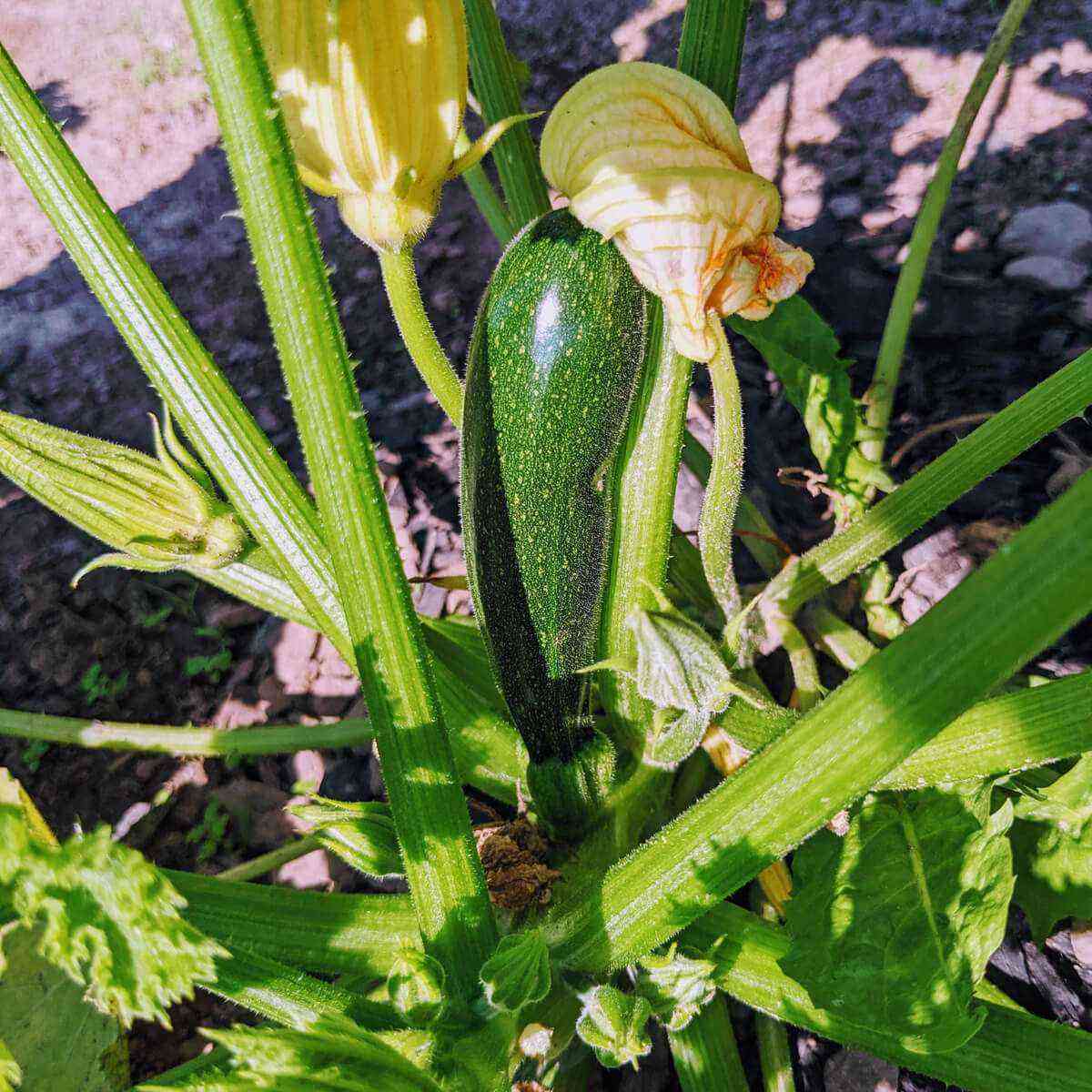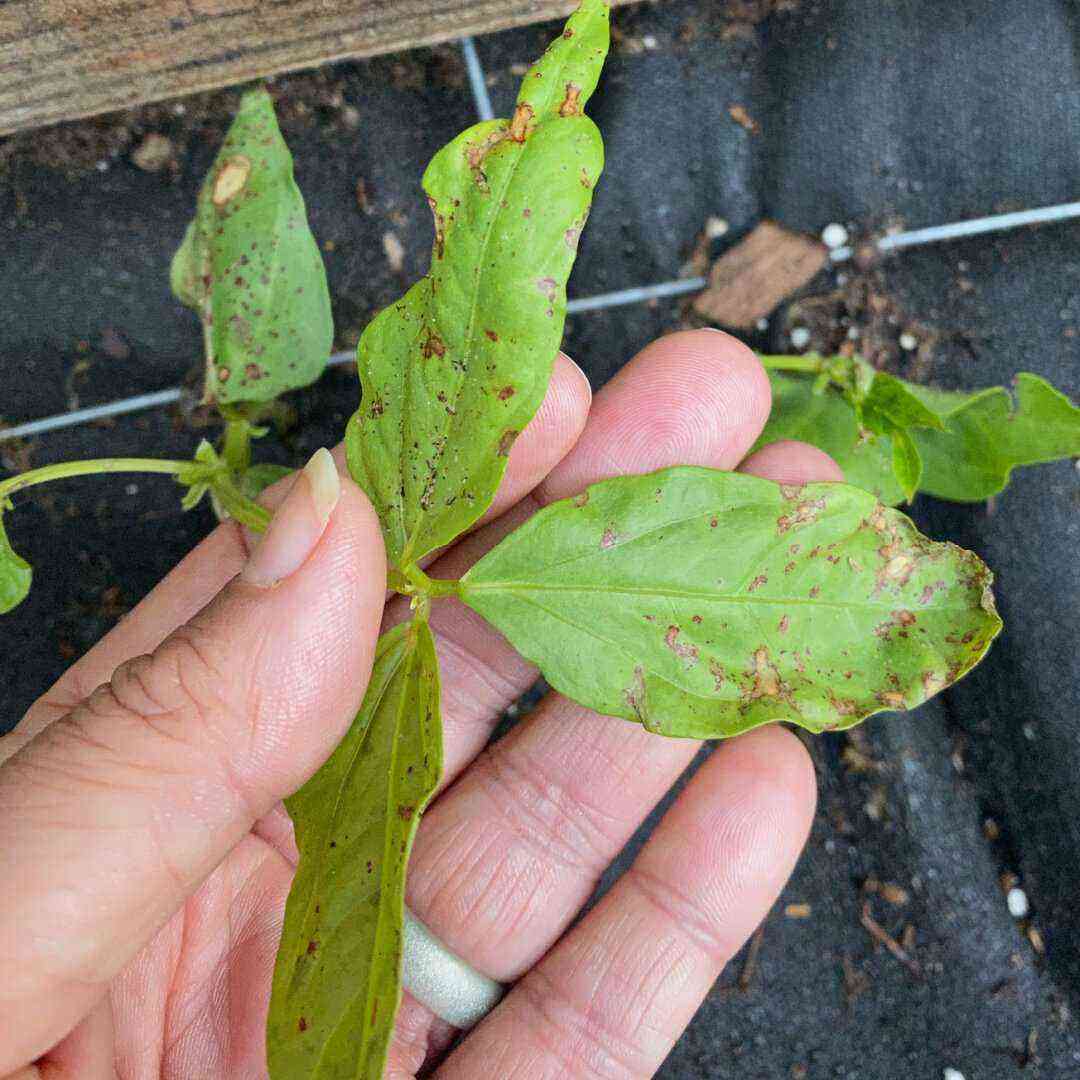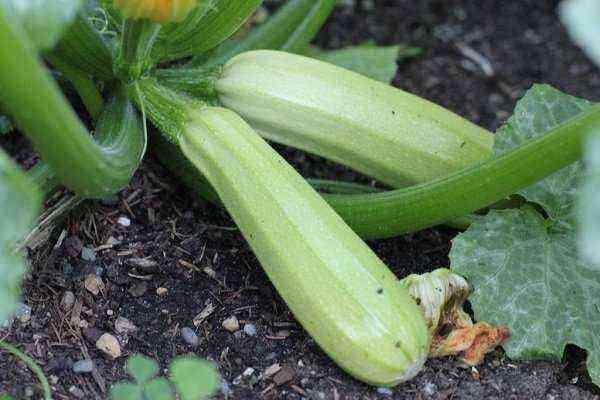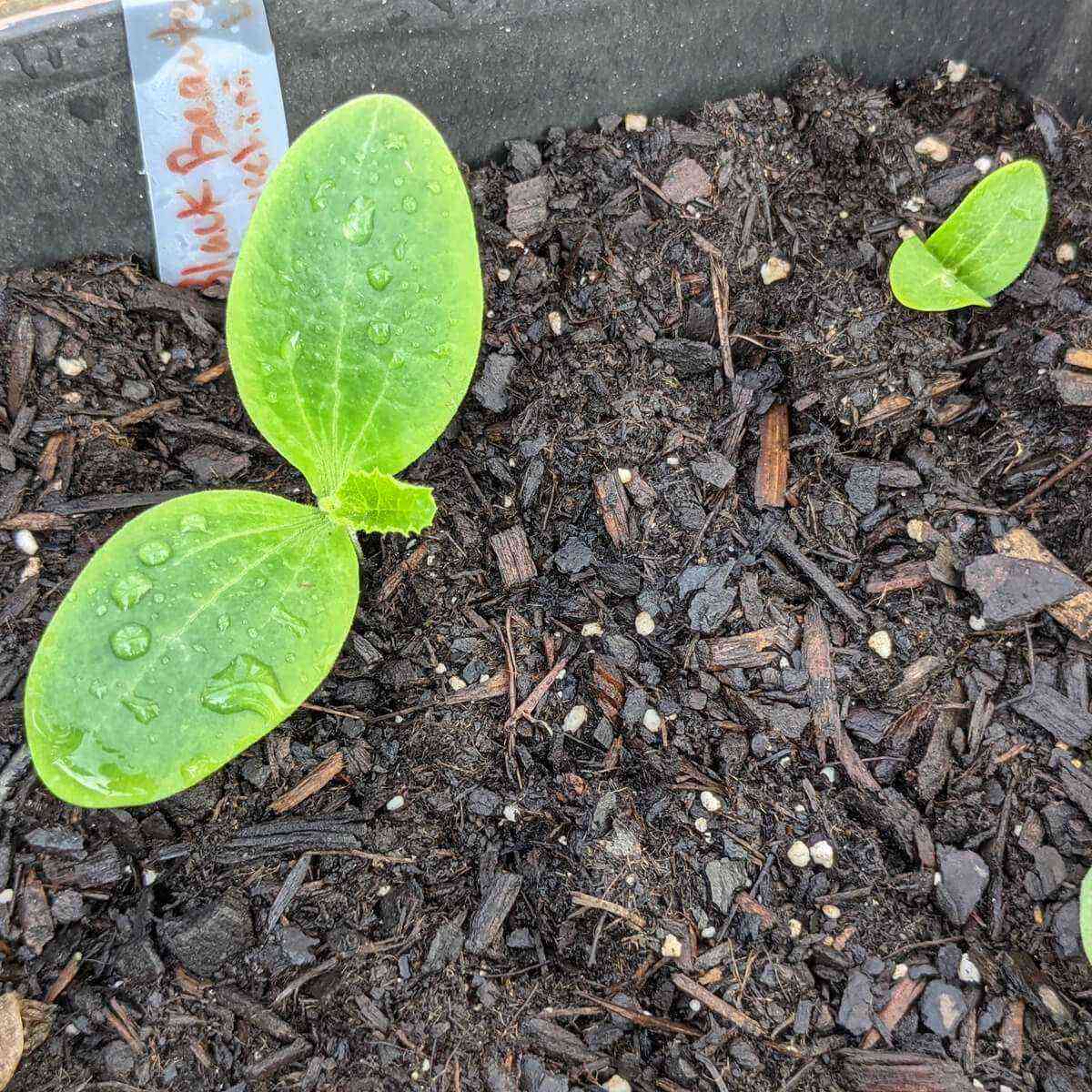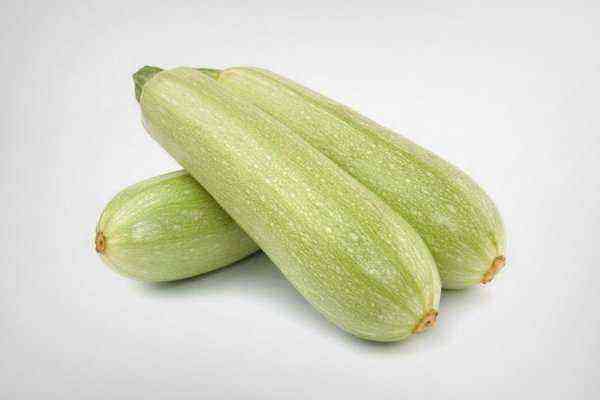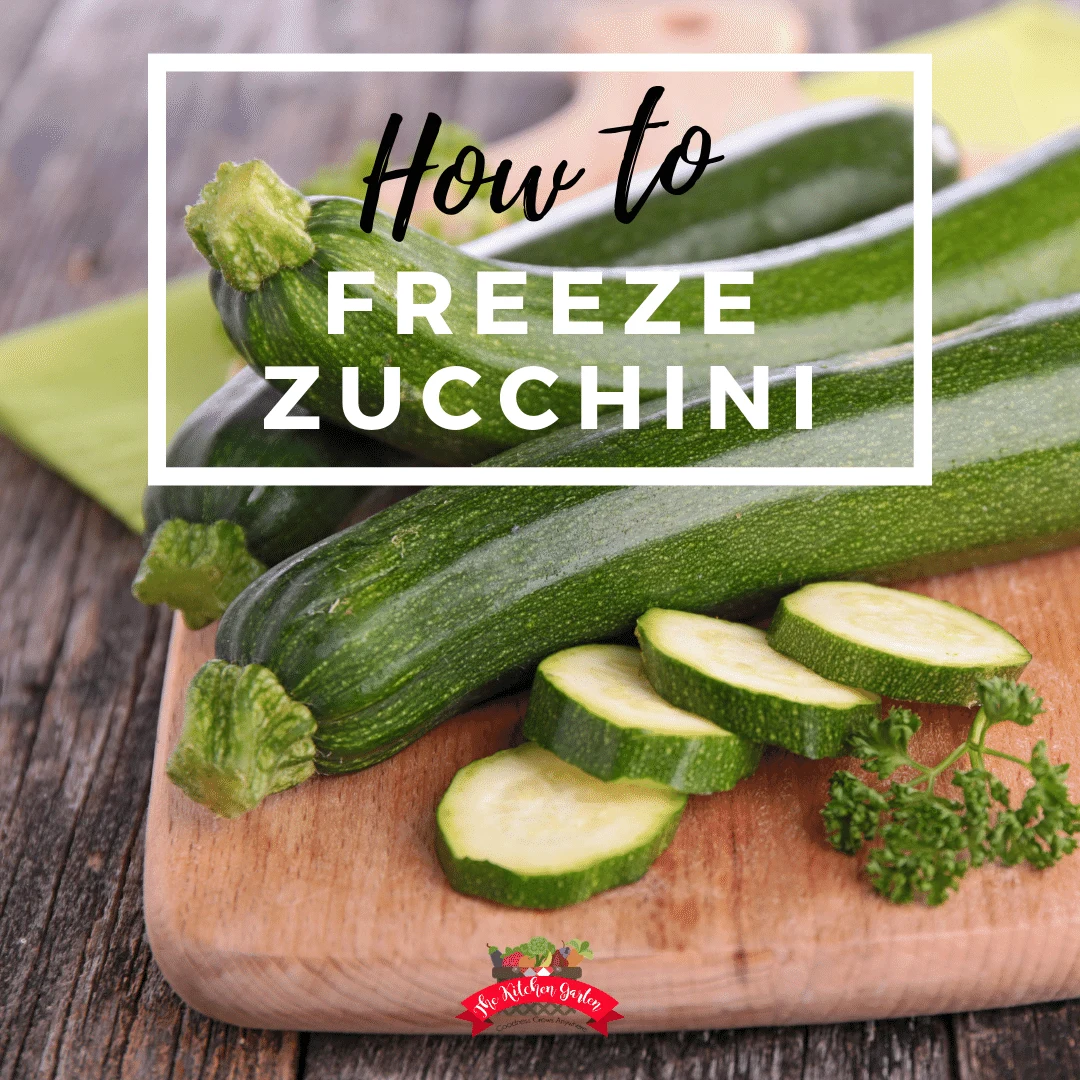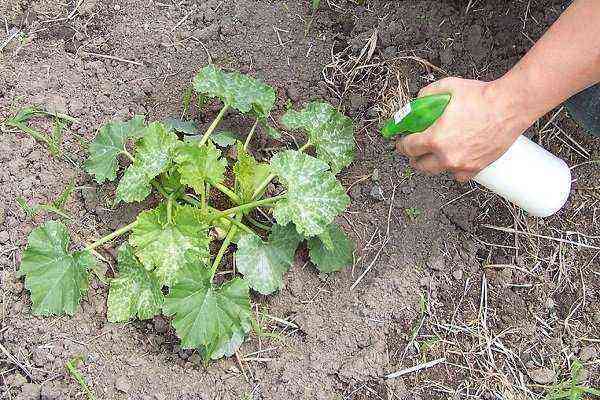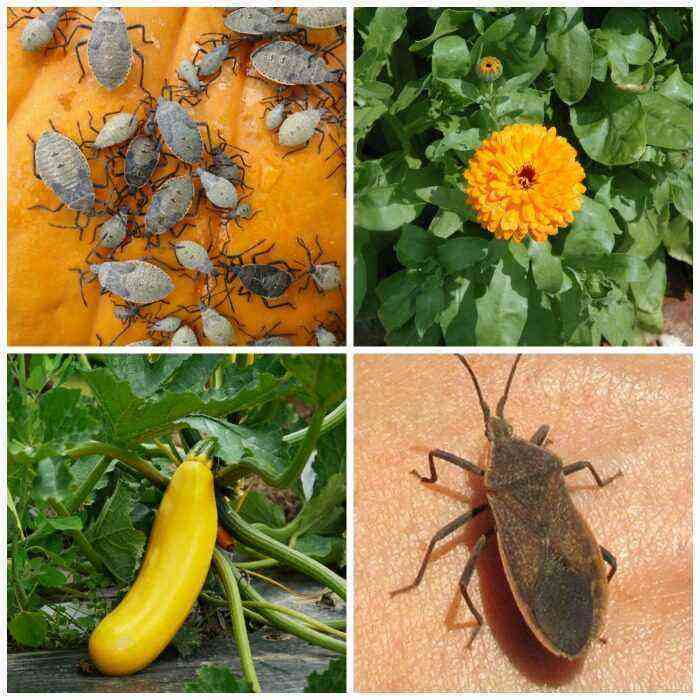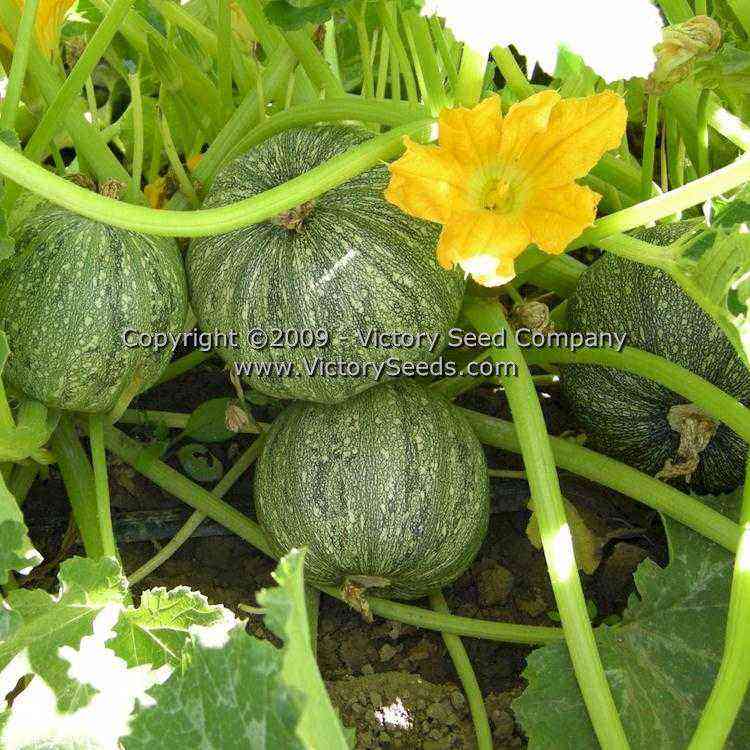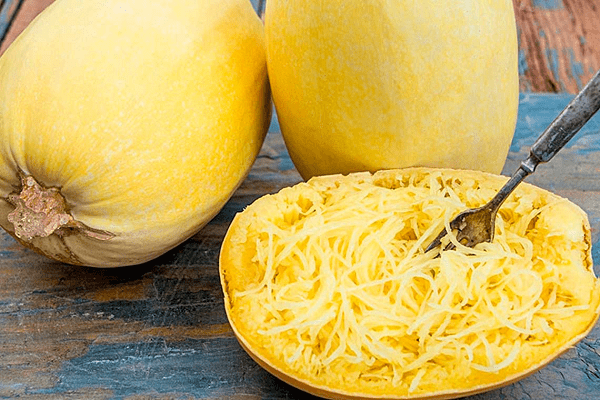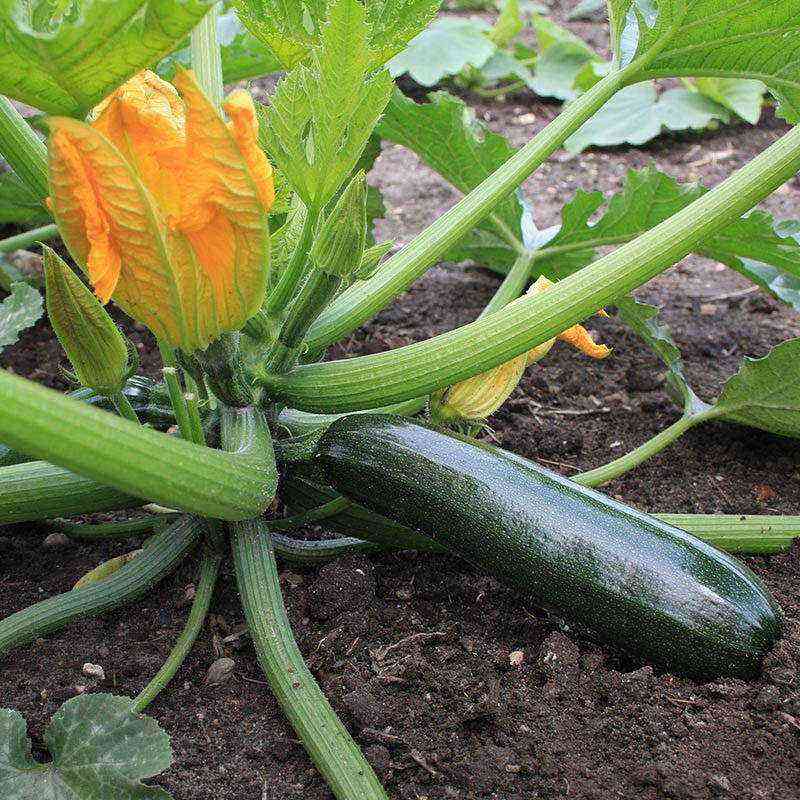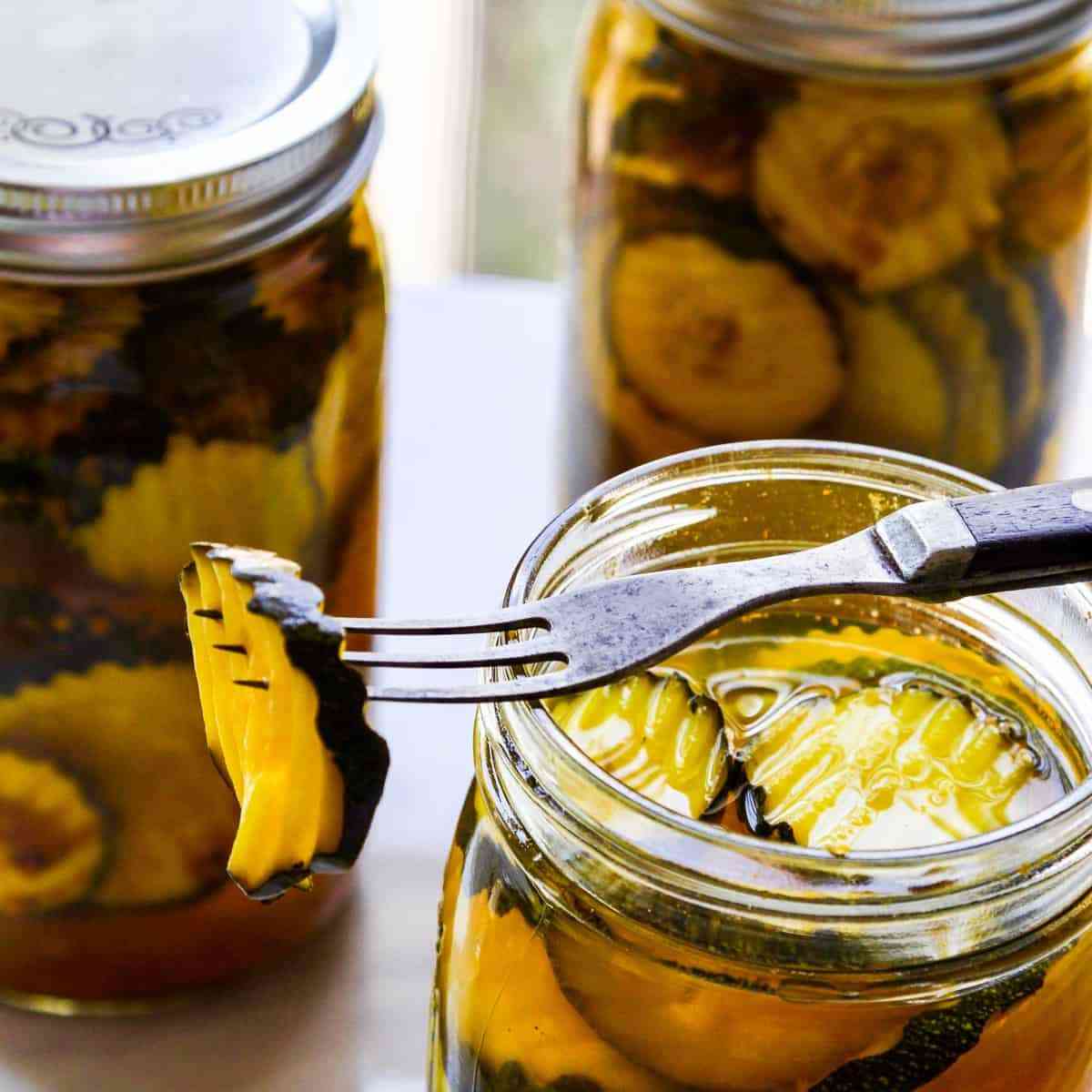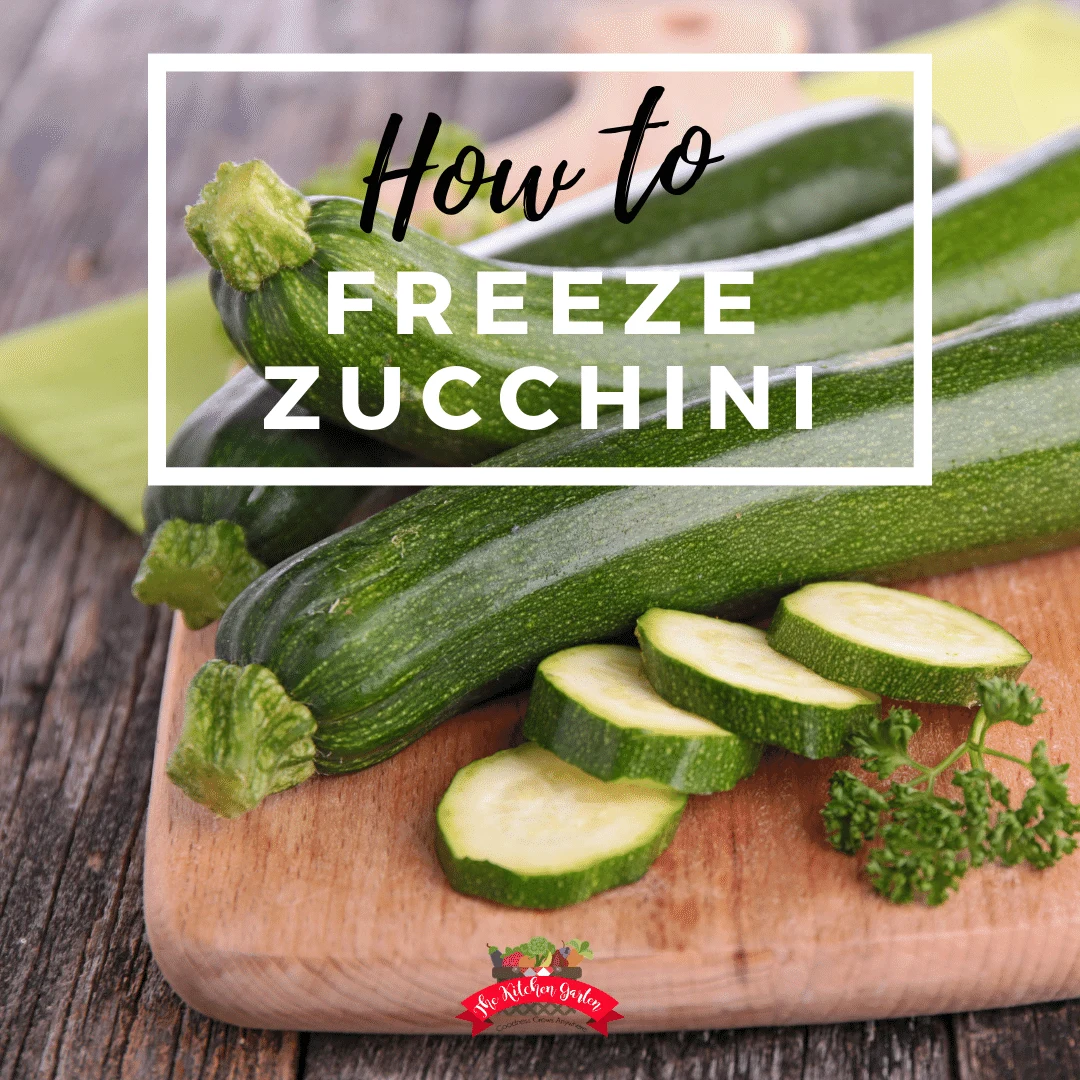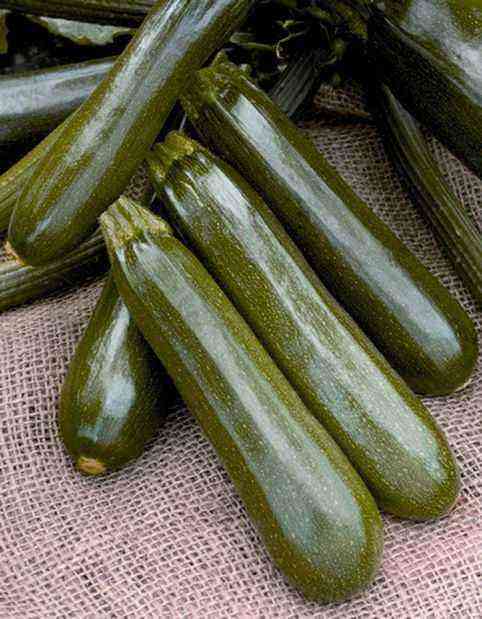Zucchini hybrids are always in demand among summer residents due to their qualities enhanced by selection. Read about one of the most common varieties in our article.
Zucchini variety Iskander
Zucchini leaves Iskander spotted
The fruits of zucchini are pale green in color
Description and characteristics of the variety Iskander F1
In recent years, the Dutch hybrid Iskander F1 is gaining more and more popularity. Excellent yield, unpretentiousness and early ripeness puts it among the leaders among zucchini.
Growing region
The result of modern selection expands the geography of planting marrows. Iskander will feel great both in the Central part of Russia and in the Far East region, will not be afraid of the short Siberian summer and will please the Urals and the Volga region with its fruits. Initially, it was included in the State Register of Breeding Achievements of Russia for the Nizhnevolzhsky region for open ground.
Appearance
The plant is compact, vigorous and bushy. Green leaves with pronounced spotting are large, medium dissected.
The fruits of Iskander F1 are pale green with small light specks. They are small, club-shaped, tapering at the stem. The commodity weight ranges from 500-700 g, the zucchini rarely reaches more than 20 cm in length. A thin peel with a barely noticeable wax coating is easily removed with a knife.
Productivity and scope of fruits
Iskander F1 is famous for its high productivity: maximum yields reach 916 centners per hectare or up to 17 kg per bush.
The yield of the variety is almost 37 times higher than the standard of Gribovskie 2 zucchini!
The early ripeness of the variety allows you to collect excellent yields within 40-50 days after planting. Greenhouses and covered beds will allow vegetables to ripen even faster. The end of fruiting comes only with the first frost. Due to its excellent yield and unpretentiousness, zucchini is recommended for industrial cultivation.
The unsurpassed taste of Iskander is preserved throughout the season. The flesh is creamy white, firm and tender. The variety is used for table purposes, does not lose its properties during freezing and conservation.
Video review of the Iskander zucchini variety, see the following video:
Disease and pest resistance
The variety has good resistance to common zucchini diseases. To maintain disease resistance, prevention is best suited: observing crop rotation, maintaining optimal moisture levels, regular weeding and loosening. Re-planting and landing in the ground after or next to representatives of pumpkin are unacceptable.
Planting and growing zucchini Iskander F1
There are two main ways to plant zucchini:
- seedling;
- planting seeds in the ground.
Let’s consider each of them in more detail.
Seedbed method
The seedling method is more laborious and expensive, but the first harvest will please 2-3 weeks earlier. Sowing seedlings begins about a month before active work in the garden.
Seed preparation
Preparation of seeds for seedlings is carried out in the following order:
- soaking in growth stimulating solution up to 24 hours;
- storage of seeds in a wet cloth for 24-48 hours at a temperature of 22-24 degrees.
In hybrid varieties, self-collection of seeds is not possible. It is better to buy quality material for sowing from trusted suppliers.
Seeding for seedlings
For active plant growth, it is desirable to use fertilized soil. Peat, manure, humus are suitable as additives.
You can independently prepare a nutrient medium for seedlings. For this you will need:
- sawdust 1 part;
- peat 5 parts;
- humus 5 parts;
- 0,5 cups of ash and 5 g of ammonium nitrate per 10 liters of the mixture.
It is best to plant seeds in peat moulds, because young zucchini do not like transplanting. Or, when planting in open ground, transfer plants along with the ground so as not to injure the roots.
Planting containers are filled with prepared soil and watered, the seeds are laid to a depth of 3-4 cm.
Care of seedlings
Seedling care includes watering, fertilizing and maintaining a favorable temperature regime. Before the emergence of sprouts, the ideal temperature will be 18-25 degrees, after 17-20 degrees during the day and 13-15 at night. Watering seedlings is carried out exclusively with warm water every 5-7 days.
During the growth of the plant, 2 top dressings can be carried out – a week after germination, then another after the same period of time. For the first time, a solution is prepared at the rate of 0,5 tsp. urea per liter of water with a consumption of 0,5 cups per plant. The second time – 1 tsp. nitrophoska per liter, consumption – 200-250 ml per sprout.
Transplanting seedlings into the ground occurs after the end of frost, when the plant has already grown 2-3 true leaves.
Planting seeds in the ground
Prepared seeds are planted immediately into the ground, but strictly in a well-heated one – the temperature at a depth of 5-6 cm is not lower than 8-10 degrees. Germination will largely depend on the location and quality of the soil.
Site Selection
The main factor in choosing a landing site is the quality of the soil. The ideal option would be light soil with neutral acidity on the sunny side. Groundwater should not be too close, and the soil needs good warming up throughout the entire period of plant growth.
Ideally, if the sowing will take place after potatoes, onions, nightshade or legumes.
Soil preparation
Zucchini, like any vegetable, loves fertile soil, so top dressing is extremely important for a high yield. But before carrying it out, it is important to consider the type of soil. For example, acidic soil should be alkalized, while fertilizer is sufficient for neutral soil.
For maximum effect, alkalization is carried out in the fall.
Soil fertilization options in the table:
Soil type Type of fertilizer per 1 sq. m Sandy Peat or turf 10 kg and 2 kg of sawdust or compost, a handful of ash Clay / loam 2-3 kg of peat or turf and compost or sawdust, a handful of ash Peat 10 kg of turf or compost, a handful of ash, 15-20 g of potassium sulfate and superphosphate
Landing scheme
To ensure proper plant nutrition, it is recommended to follow a planting pattern of 150-200 × 60-70 cm.
Holes 15-20 cm deep and about 30 cm wide are prepared for seedlings, the seeds are planted to a depth of 4-6 cm. They are watered abundantly and a mixture of humic fertilizer and azofoska is applied.
Seedlings are transplanted into open ground in the evening or in cloudy weather.
Features of caring for zucchini Iskander F1
Iskander F1 is a very unpretentious variety, but proper care and care will allow you to get the maximum yield of excellent quality.
Watering
Zucchini tolerates dry weather well, but for full growth and development, watering about 20 liters per bush is required. It is especially important at the beginning of the growing season, when the plant is just gaining strength.
For irrigation, it is necessary to monitor the drying of the soil, on average 1-2 times a week will be enough. It is produced with warm water directly on the ground under the root to avoid rot on the leaves and ovary.
Additional fertilizing
Regular fertilization increases the yield by 40-50%. 3 feedings per season are considered optimal:
- in the presence of 3-4 true sheets;
- at the beginning of the appearance of the ovary:
- during fruiting.
The first addition of additives is carried out with the following mixture: 20 g of ammonium and potassium nitrate, 40 g of superphosphate per bucket of water. A good option would be to apply a solution of chicken manure (1 to 20) or mullein (1 to 10) in a volume of 2 liters per plant.
In the second and third feeding, the nutrient composition is prepared from 50 g of superphosphate and 50 g of potassium nitrate per bucket of water.
Zucchini does not like chlorine-containing fertilizers.
Spraying
Spraying zucchini has 2 goals:
- increasing resistance to pests and diseases;
- attraction of insects for better pollination.
To increase the immunity of a plant for spraying, folk remedies can be used: infusions of onion and garlic peels, tobacco infusion or a solution of ash and soap.
To attract pollinators, a sweetened solution is used: 5 g of boric acid is dissolved in a bucket of water, sugar is added. This option is relevant for greenhouse zucchini.
Loosening, weeding and mulching
Loosening the soil will increase its carrying capacity for moisture, air and heat. But special care will be required due to the zucchini roots located close to the surface. Mulching with peat and humus will simplify this task.
Weeding is carried out as weeds grow. It is necessary to carefully monitor them during the period of active growth of the plant. After the large leaves of the zucchini will begin to clog the growth of other plants, and the bed will remain almost clean.
Harvesting and storage of crops
The early ripeness of Iskander gives the opportunity to collect the first vegetables in 40-45 days after germination. Remove zucchini from the bush in dry weather 2-3 times a week. An unusual feature of the variety is that the higher the fees, the more new ovaries.
Well-ripened vegetables can be stored in the basement for up to 6 months at temperatures up to +10 degrees. Maturity is easy to check: the peel becomes harder and does not give in to scratches, and the sound when tapped is deaf.
The taste qualities of Iskander F1 are preserved during conservation and freezing.
Pests and diseases
Zucchini can suffer from diseases or pests. The main signs of damage and methods of struggle are given in the table:
Disease/Pest Symptoms Treatment Anthracnose Proliferating light spots on leaves, foliage turns brown and dries. Removal of diseased parts, spraying with Bordeaux liquid. Powdery mildew Powdery white coating with a tendency to increase the affected area. Treatment with infusion of mullein or hay. Gray rot Growing areas of decay on ovaries and flowers. Soil replacement, phosphate fertilizers, removal of affected areas, reasonable crop rotation. Peronosporosis Light spots on the leaves, leading to drilling and drying. Removal of diseased parts, spraying with Bordeaux mixture. Spider mite Numerous bright dots-spots, the leaf turns yellow and dies. Removal of diseased leaves, spraying with bitter pepper tincture. Melon aphid Affected flowers, ovary and leaves dry up and die. Removal and burning of diseased parts of the bush, treatment with karbofos. Whitefly Infection with sooty fungus, leaves die. Treatment with preparations “Confidor” or “Phosbecid”.
Advantages and disadvantages of the variety
The undoubted advantages of the Iskander F1 include:
- early maturation;
- high yield;
- long fruiting period;
- wide geography of landings;
- long-term storage;
- resistance to pests and diseases.
The only drawback is the impossibility of independent harvesting of seeds due to the hybridity of the variety.
Reviews of zucchini Iskander F1
Mikhail, 35 years old, engineer, Voronezh. The variety accidentally came to hand when purchasing seeds. Planted only 2 seeds out of 5, both sprouted. The one that grew near the fire in the garden, pleased with a large harvest. Surprisingly did not succumb to garden ants. And how good it is sliced uXNUMXbuXNUMXband fried in a pan! I definitely recommend. Nadezhda, 45 years old, housewife, Rostov-on-Don. I love Iskander very much for its early ripening, I plant it every year. The last harvest is in late autumn. It tastes just wonderful, and even a friend of losing weight! I recommend to everyone!
High-yielding, early ripe, unpretentious, tender, persistent – all this is about the hybrid squash Iskander F1. Treat yourself to delicious vitamins from the garden, without making a huge effort.


